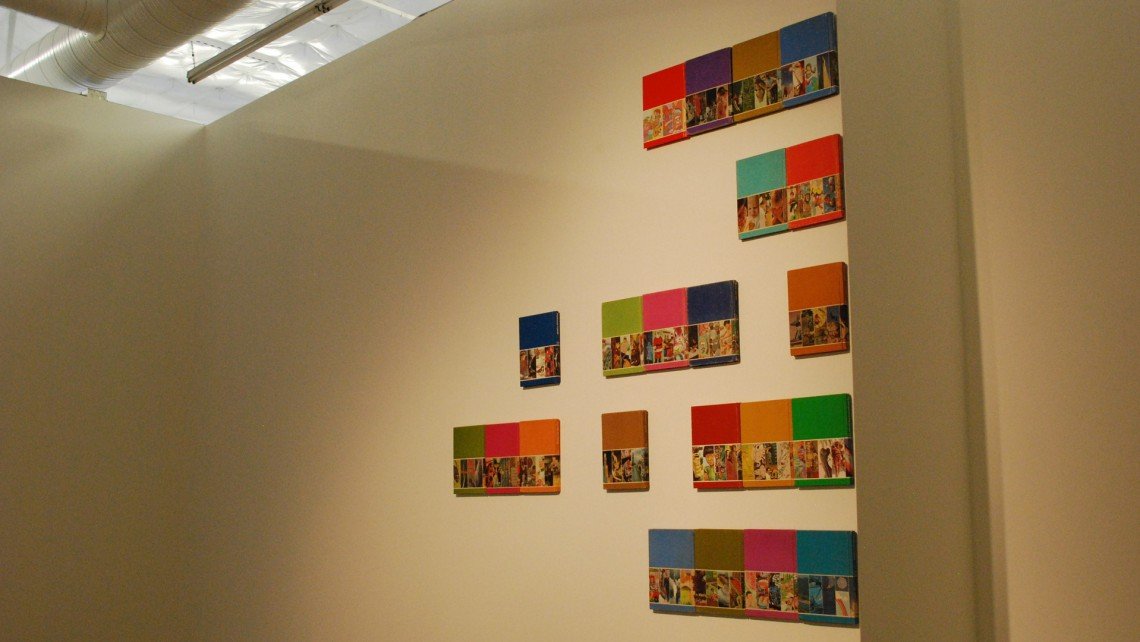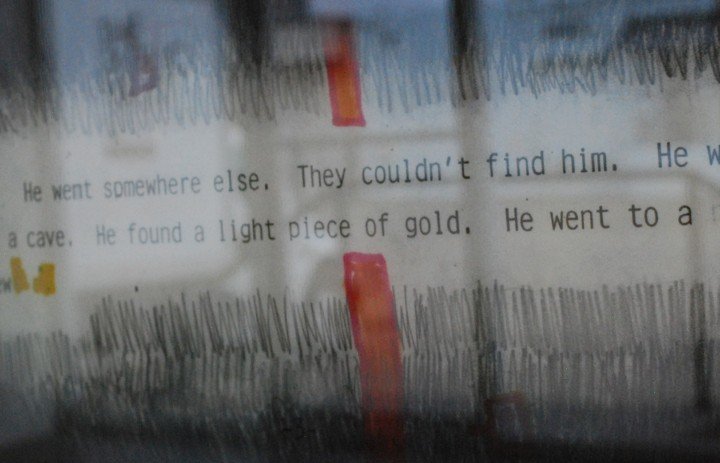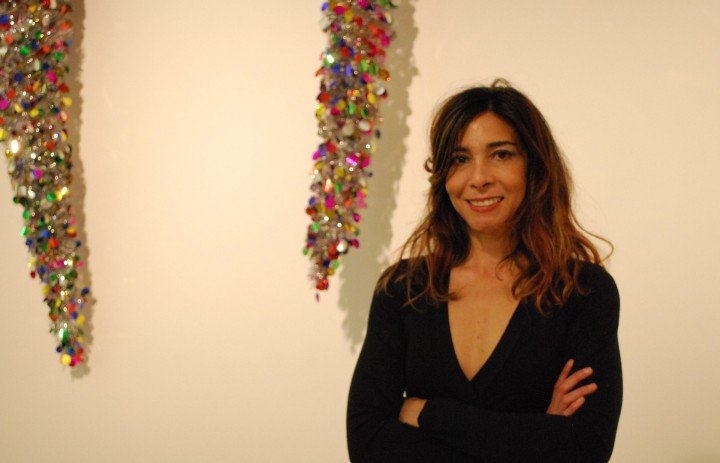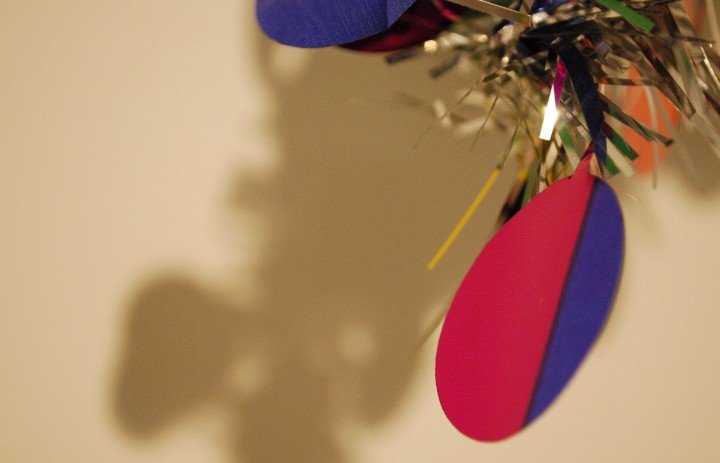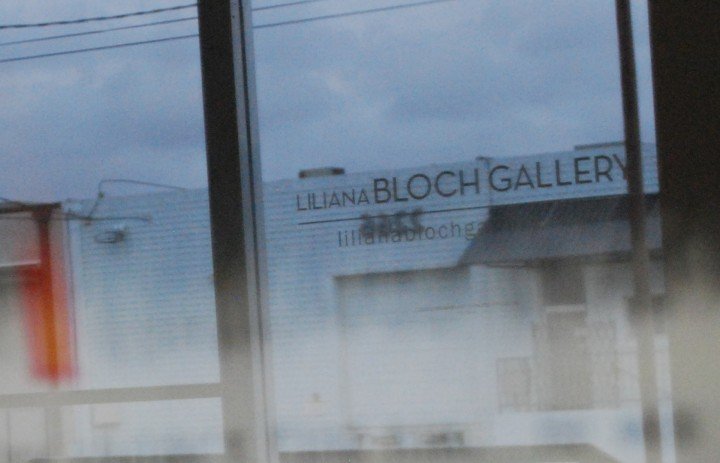- Address: 2271 Monitor Street, Dallas, TX 75207
- Owner/Director: Liliana Bloch
Liliana Bloch (L): Love brought me to this country. I fell in love with a man who was living in Dallas fifteen years ago while visiting a friend.
I chose to stay in Dallas because I found my passion for art here and as I started working in the field I discovered the quality and importance of the art that is being produced in Texas. I found in Dallas a city that has a national presence that is growing stronger due to its economic leverage.
L: The gallery is unique in its eclectic aesthetic and diversity of art styles, influences and mediums. I see it as “pret-a-porter meets haute couture” commercial art space. We have a strong social and critical thinking component in our public and private programming.
L: The message the works deliver is consistent with the gallery mission of supporting the understanding of contemporary art and its importance in society. The gallery features artists who see the world in a very informed and intelligent way. They are not here to answer questions but to raise them, to make us ponder why and this makes us better human beings. At the very least it develops our critical thinking process. Knowledge is power, as the saying goes, and in collecting art you learn about yourself and your place in the world, which is always a good thing.
L: I don’t think I have any; everyone is welcome, especially if they come with questions.
L: The main one, in my opinion, is that galleries price art too high at the expense of the artist and the collector. To produce a good piece of art has a monetary cost for the artist and the gallery as well. There is a myopic perspective about the contribution of art galleries in the economy, let alone the social contribution that a good gallery brings to a city. When people buy art from a gallery they close the economic cycle of the business: gallery makes money/artist makes money/gallery can afford bigger, better and broader exhibitions/more exposure for the artists followed by better invitations from museums and respected non-profit institutions/prices go up/collector is happy living with the work of art/collections rise in value. Everybody wins.
Another misconception is that you need to spend a lot of money to collect art. That is why it is so important for art lovers to develop a relationship of trust with their galleries and art consultants. Collecting art is an ongoing process and open communication between galleries and collectors is paramount to make it fun, interesting and within a budget.
L: I try to do it at least one year in advance or more, but it depends. I do like to plan things with enough time because there are a lot of steps and requirements that must be met in all good shows.
L: A successful show is first of all engaging; it has to be able to make you want to see more and spend time with the pieces. It makes you want to know more. It also needs to be cohesive, clean and consistent with what the artist is trying to say and convey. It needs to make sense. Most of all, the work has to speak for itself to the collector and the general public. A good exhibition is the one you remember for life.
L: I look for craftsmanship, historical context, unexpected aesthetic turns, soul, and no gimmicks. I want the work to teach me something I don’t know. It could be about anything — ecology, human rights, civil rights, geography, technology or philosophy — but it has to bring something new to the table. A good piece of art is never boring; you are always coming back to it and discovering new things. The great thing about art is that it encompasses all aspects of life.
When you find a piece of art that you can’t forget about and you find yourself talking about it to others, you should acquire the piece. That is when you know you have fallen in love and will live happily ever after in the company of art in your everyday existence.
L: My perspective is that there is a market for everyone. You can find great folk galleries and incredible contemporary ones as well. It is a great time to be an art collector in Texas but I think this is especially true for contemporary art, if you know where to find it and are eager to learn how to do it. However, I have a clear distinction between the two and I tend to favor artists with formal education because I share their background and I like the learning process in the academic field and how it confronts artists with their pre-conceived notions of beauty and art theory. If you are a great artist you will blossom in a good art program and that is what usually happens. Nonetheless, if I find the new Jean Michel Basquiat and Henry Darger I will not close the door just because they were not formally trained, but this has yet to happen.
L: I would think ten minutes and up.
L: There are some shows that are more intense than others for the audiences due to the nature of the medium and work. Bogdan Perzynski’s exhibition last January had 334 photographs in the gallery and 2 rotating television screens in the lobby. It could have been in any major museum and the piece inside the gallery consisted of many parts creating one piece. This can overwhelm the senses of the viewer yet attracts the viewer in at the same time.
On the opposite side of the spectrum you have our current exhibition with Shawn Mayer’s work, which is as simple as it is disarming. And that can be caused by many things, our expectations about the grandiosity of art, especially now when artists are producing so many works in monumental scales. As E. F Schumacher wrote in his book “Small is Beautiful: A Study in Economics as if People Mattered”, bigger is not better, there is such a thing as the perfect scale in a work of art and this can translate in works that are smaller in scale and therefore calling for intimacy and individual attention from the viewer. These are the ones that bring personal memories to life when we see them and that might not be attractive to some people. In the end, it is a matter of taste and preferences: Why do I like this over that?
L: I don’t like to use the word rejection and would rather use preference instead. I respond to symmetry, balance and works of art that say a lot with little. Too much narrative and color can confuse me. Nonetheless, I can be saying this now and next year I will be showing work that is very rich and dense; our tastes and affinities change during our life time.
L: If that has been the case it has to be related to the kind of work the artist is producing. Ann Glazer is a good example because she can create works in massive scale so we have done public projects along and aside her solo exhibitions. Lynne Harlow, who is based in Rhode Island, changes spaces using only color paint and music in some of her pieces and that makes for an easy way to expose art to broader audiences as the shipping cost is not prohibitive for the artist, gallery, collectors, and art. It is a pleasure to work with such artists because in order to support art it needs to be exposed. The human eye, as all our senses, can and will be trained if wanted.

